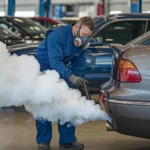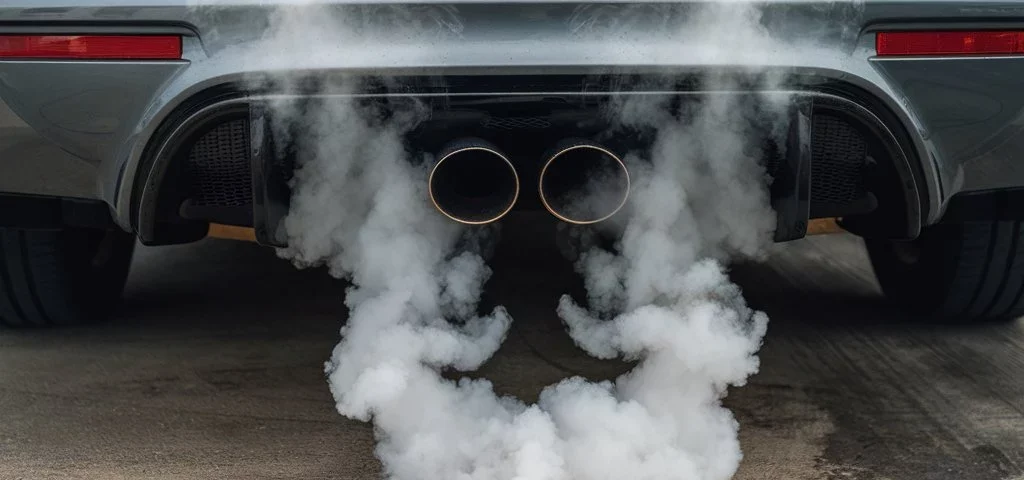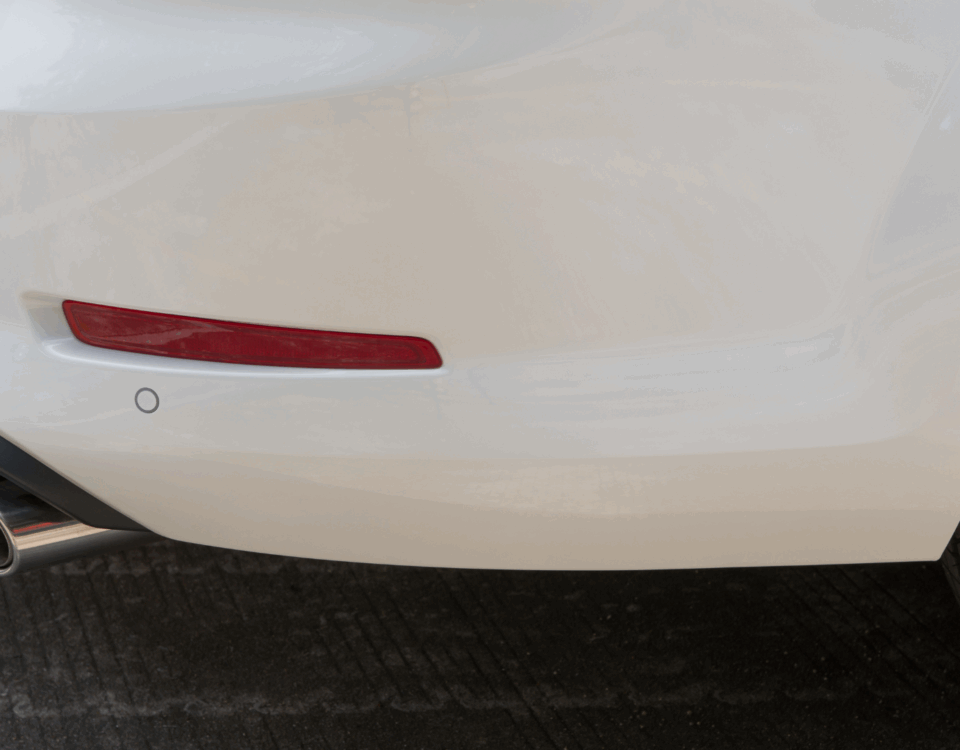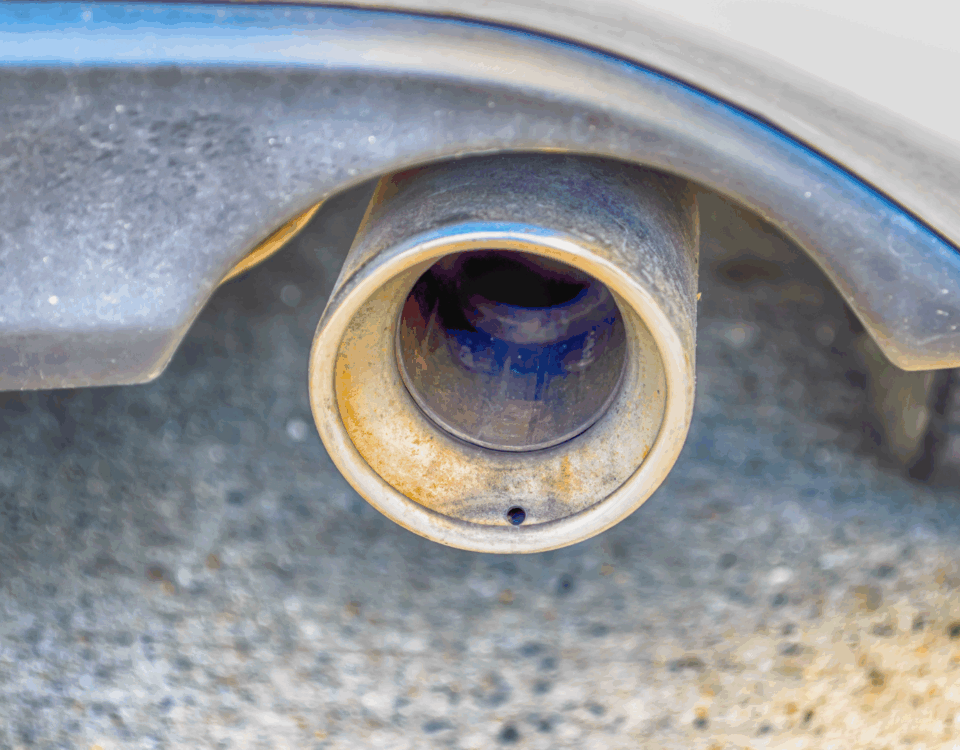
Why Smog Test Frequency Matters: Regulations and Compliance
January 16, 2025
How Smog Test Frequency and Regulations Impact Your Vehicle
January 16, 2025To keep your car healthy and meet environmental regulations, you often need to get it smog tested. It is important for every car owner to understand how often this test should be performed and what factors determine that frequency. Below we’ll look at the key aspects of a smog test and how to apply it to your vehicle.
What is a smog test and why is it important?
A smog test, also known as an emissions test, measures the amount of pollutants in a car. It is released into the atmosphere. The main purpose is to reduce harmful emissions and prevent air pollution by ensuring that vehicles comply with air quality standards. This testing is especially important in states and areas with high levels of smog, where failure to meet standards can lead to environmental and health problems.
Smog testing is not just about compliance. It also indicates the overall performance of the vehicle’s engine and exhaust system. Regular testing can help detect potential mechanical problems early.It will save you money on repairs in the long run.
How often do you need a smog test?
The frequency of a smog test depends on your vehicle registration status, the make and model of vehicle you own, and the year in question. Most states require smog testing every two years for vehicles older than a certain age (usually 6 to 8 years). However, newer cars are often exempt for the first few years because their exhaust systems are more efficient.
In some areas, smog testing is required under special circumstances, such as when selling a car or transferring the car registration to a new owner. These requirements can vary widely, so it is important to check local regulations. For example, states like California have more stringent regulations due to higher emissions.
Factors that may affect smog testing frequency
Certain variables may affect how often a vehicle requires a smog test
Vehicle age and type: Older vehicles tend to emit more. Contaminants often require more frequent testing. Hybrids and EVs are generally exempt from smog testing because they produce little or no emissions.
State regulations: States such as California require two-year smog testing for most vehicles.Other states may have more lenient regulations.
Location: If you live in an urban area with high levels of pollution, you may need smog tests more frequently than in rural areas.
Change: If your car has been modified or has an aftermarket For parts that affect emissions, additional testing may be required to ensure compliance.
Prepare your car for a successful smog test
To determine if your car passes a smog test: to check This is important. Be prepared properly.
Perform routine maintenance: Routine checks such as oil changes, air filter changes, and ensuring the catalytic converter is operating properly can have a significant impact on test results.
Warm up the engine: When driving the car. It helps the engine reach maximum operating temperature at least 15 to 20 minutes before testing, which improves emissions performance.
Address warning light: When checked, the vehicle is likely to fail the smoke test if the engine is on. It’s high. It is important to proactively diagnose and resolve problems.
Use high-quality fuel: High-quality gasoline can reduce emissions and improve engine efficiency
By being informed and taking these actions, you can ensure that your vehicle meets your needs. and contribute to clean air.Understanding smoke testing frequency and requirements will not only help you comply with the law, but also create a healthier environment for everyone.
Read More:






